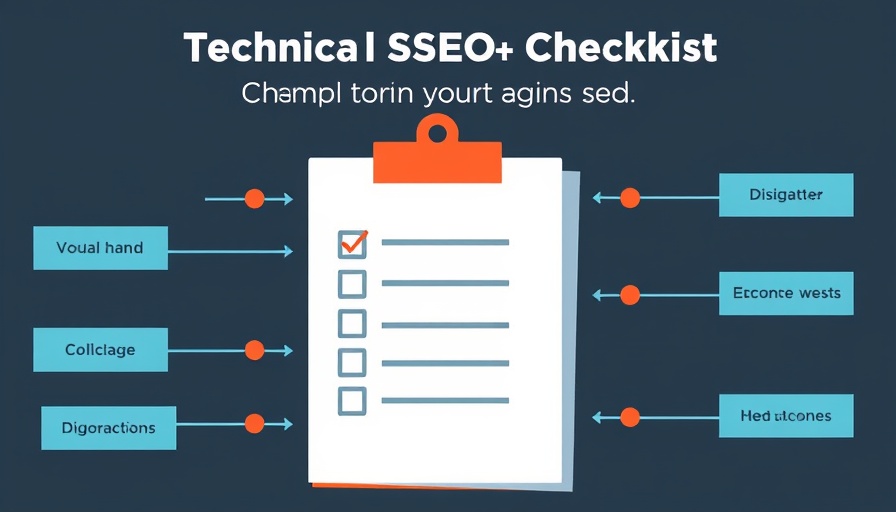
Building a Culture of Self-Improvement in Small and Medium Enterprises
In the dynamic world of small and medium enterprises (SMEs), fostering a culture of self-improvement is not just a matter of personal growth; it's essential for sustaining competitive momentum. Companies like Buffer are setting a benchmark with innovative approaches that blend financial support with strategic learning practices. This article explores how SMEs can implement similar self-improvement initiatives, focusing on collective growth to navigate the evolving business landscape.
The Power of the Growth Mindset Fund
One of the standout elements in Buffer’s strategy is the Growth Mindset Fund, allowing every teammate access to $1,000 annually to invest in their development. Inspired by Carol Dweck's concept that growth is a fluid process, this initiative empowers employees to engage in diverse learning opportunities without financial concern.
Examples of how SMEs can mimic this approach include, offering funds for courses, coaching, and professional memberships. Educational investments can range from coding boot camps to soft skills workshops, reflecting the variety of skills required in today's workforce.
Learning Through Conferences: Value Beyond Attendance
Real-life interactions and dynamic environments often enhance the learning experience. Buffer recognizes this, fully funding participation in key conferences that resonate with their strategic goals. Such investments extend beyond mere attendance—they encourage knowledge sharing, networking, and practical learning experiences.
SMEs can adopt this conference participation model, identifying relevant industry events and matching employees with these opportunities. In doing so, they not only build relationships within their sector but also gain insights that can directly inform company strategies.
Creating an Ecosystem for Collaborative Growth
Fostering self-improvement at a company level requires more than just financial backing; it also necessitates a supportive infrastructure. Buffer's approach denotes a comprehensive ecosystem where mentoring, community engagement, and skill development coalesce.
SMEs should consider establishing mentorship programs, peer workshops, or even collaborative learning pods, where employees can share their experiences and insights. These initiatives can cultivate deeper connections and collaborative problem-solving skills among team members.
Measuring Success and Continuous Improvement
For self-improvement programs to be effective, measuring their impact is crucial. Companies must develop metrics to gauge progress, employee satisfaction, and the tangible outcomes resulting from their investments in growth. Regularly assessing these initiatives encourages adaptive strategies that can be refined over time.
Creating feedback loops, whether through surveys or focused group discussions, enables SMEs to adjust their programs based on employee experiences. This iterative process not only fine-tunes the self-improvement initiatives but also reinforces the company’s commitment to employee development.
Practical Insights for Implementing Self-Improvement Programs
Embarking on a journey of self-improvement as an organization requires strategic foresight and practical steps:
- Budgeting for Growth: Allocate annual funds for employee development that can cover learning resources, tools, and coaching.
- Encouraging Lifelong Learning: Promote a culture where learning is celebrated, and employees are motivated to pursue knowledge actively.
- Engaging Leadership: Involve leaders in the development process, advocating for continuous personal and team growth.
- Sharing Success Stories: Showcase examples of employee development that led to measurable outcomes to inspire others.
Conclusion: Cultivating Success Through Self-Improvement
As businesses navigate an increasingly competitive landscape, emphasizing self-improvement can create enduring success. Organizations that invest in their employees' growth are likely to see enhanced engagement, retention, and innovation. By learning from strategies employed by frontrunners like Buffer, SMEs can craft their unique pathways toward collective development and sustained success.
To implement such transformative initiatives effectively, small and medium-sized businesses should commit to continuous evaluation and adaptation of their self-improvement programs. Encourage your team to embrace growth, invest in their development, and witness the evolution of your company’s performance and culture.
 Add Row
Add Row  Add
Add 




Write A Comment